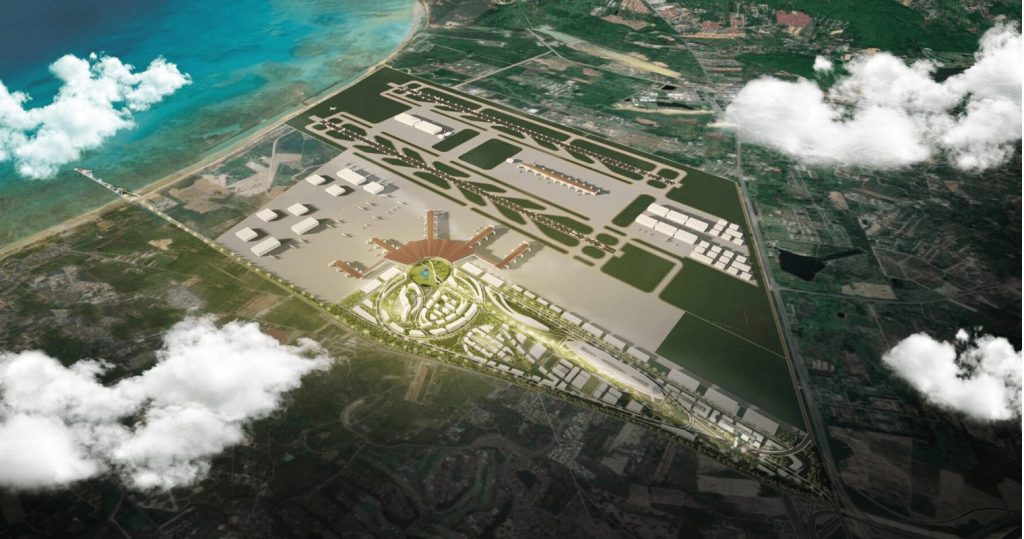
In early 1971, I was a co-pilot in a global air refueling squadron that rotated crews in and out of Eastern Thailand and Fairbanks, Alaska from our home base in Michigan. I had been in the squadron a few months when my crew received orders to go to Thailand. We flew our own aircraft, a modified Boeing 707 called a KC-135, to Thailand. We planned to be there for 4 months.

Our combat air refueling mission was to fly to one of several designated orbits that wrapped around the southwest, west, and northwest edges of North Vietnam. Once orbiting, we were joined in formation by our “chicks”.
Chicks were our receivers, combat aircraft that were flying missions deep into North Vietnam. Each receiver was refueled with a specified amount of fuel using a 20-foot long hard refueling boom.
We also flew the RC-135 on several totally different missions. The RC-135 was a reconnaissance plane and we had Vietnamese riding in the back using very sensitive listening devices to monitor radio conversation between Hanoi and Haiphong. Each mission was a 10-hour orbit between those two cities, with heavy fighter cover under us. The RC was a Boeing 707 with big domes and antennae sticking out.
We had reasonably good air superiority, allowing for a variety of recon, jamming, and fighter bomber aircraft to operate up north. Each needed to refuel going up and coming back. Aircraft joined us in formation to top off with fuel and get ready to complete their missions or head home. Sometimes there was damage to returning aircraft resulting in loss of fuel. We would go further into North Vietnam to get them. On some occasions we went further in to loiter and support aircraft attempting to recover downed pilots. It was a bad day or night if recovery was not successful.
I have a strong recollection of how hollow I felt each time I crossed deep into North Vietnam. No one wanted to end up in the “Hanoi Hilton” prison. Another strong emotion hit whenever I flew in a southwest anchor at night and could see the illumination flares and explosions on the ground. I would always say a prayer for my Classmates who were down there living that hell.
It was uncomfortable trying to link-up at night when the weather was bad. No visibility and unstable air made it tough and we would fly all over the place trying to get these heavily armed or sometimes heavily damaged jets the fuel they needed.
One day an enemy Mig-21 managed to pop-up and get within firing range of our KC-135. I will bet that few people have ever put a 200,000-pound Boeing 707 into a 90-degree, 4 G turn. Our plane creaked and groaned but we remained in one piece with no new holes. It was very eerie as the AWACS (airborne command post) radioed the closing distances between us and the Mig-21. I thought I was done for on that day.
I had over 30 combat missions in or on the edge of North Vietnam in KC-135’s and RC-135’s when my crew was pulled out a few weeks early to go to Okinawa. I thought it was a good trade-off until I found out what unfriendly country we were encroaching upon this time (North Korea). Kim Il Sung was in power and already creating big trouble in the area. Lots of concern about weapons he already had.
By early 1973 I was in the left seat and had my own crew. It was our turn to go to Thailand, but we were sent to Alaska instead. That also struck me as a good trade-off until I realized that we were going to be flying directly over the North Pole and into Siberia to check on Soviet nuclear testing.
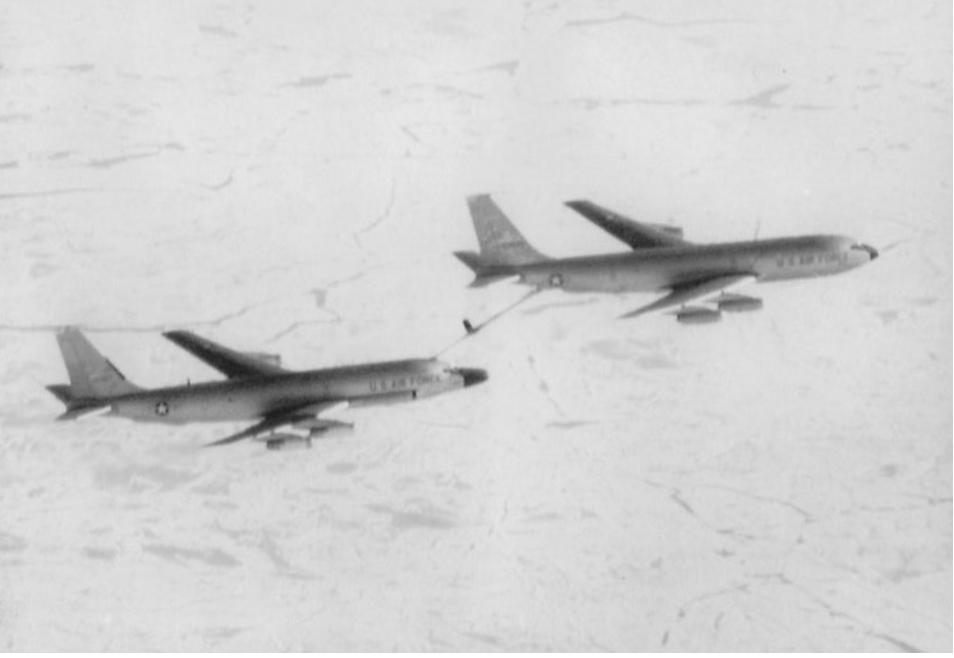
This was the heart of the Cold War. Do you know how many tall pine trees there are in Siberia? Billions.
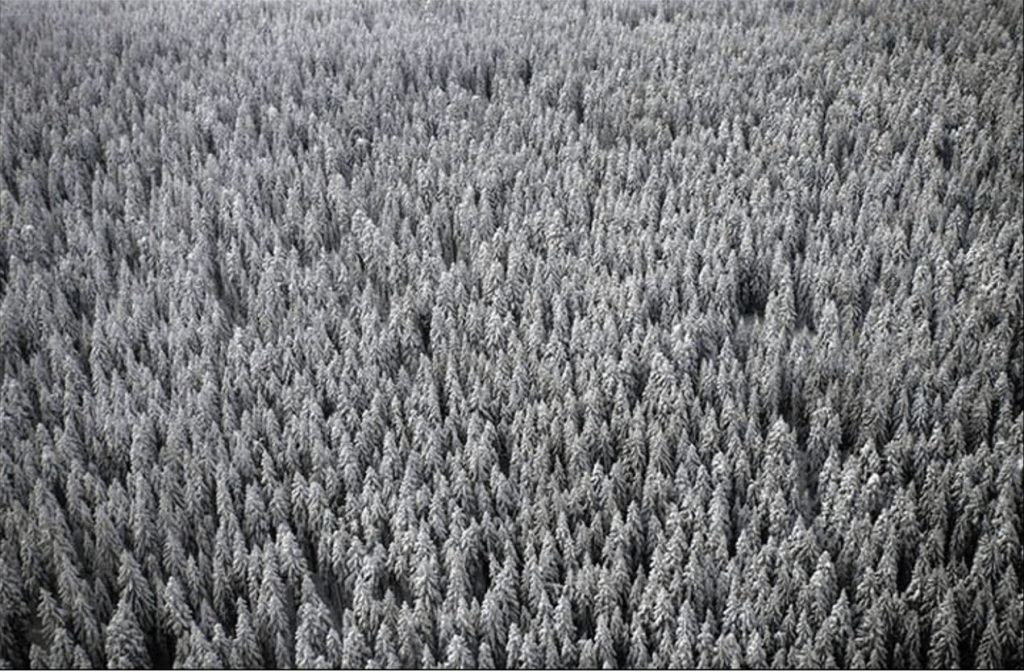
I got out of the Air Force when the Vietnam War ended. Air Force pilots were encouraged to get out or take a desk job. I was hired by a company in Kansas City. My first day at work I was sitting at my new desk on the 3rd floor, by the windows. The cafeteria was directly below me and it developed a fire. Flames and smoke were coming up the outer wall right by me. I could not resist seeing the irony of it all.
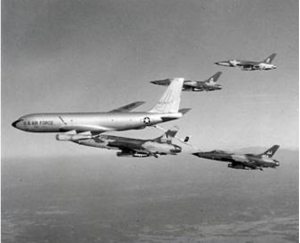
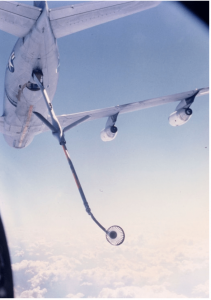
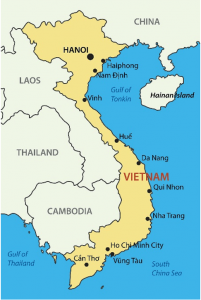
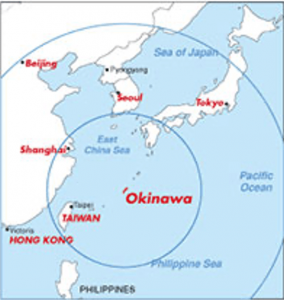
Dick, thanks for sharing these memories of your USAF combat time. Glad you dodged the MIG-21 … and the kitchen fire! Keep your stories coming!
Dear Dick:
Thanks for the fascinating story, also for the information in your bio. I also owe a word of thanks to you and your dad for arranging our plebe-year Christmas 1965 flight from West Point to Richards Gebaur Air Force Base, MO, allowing cadets in the nearby states a quick and inexpensive flight home for the holidays. Even more thanks are due for the flight back to West Point. As you may recall, cadets had to be back on time. Word was that even getting hit by the proverbial bus was not a valid excuse. Violators were to be “slugged” [current definition: a special punishment for a serious offense, which may result in a loss of privileges, special fatigue duty, walking punishment tours, or confinement to room during off duty hours]. As I recall, a slug was typically 20 demerits, 20 hours marching on the area, and 20 hours in confinement. So with this in mind during the flight back, eyes began to widen and heartbeats began to quicken when our noses picked up the scent of jet fuel and we looked out the window to see smoke from one of the engines. The flight was delayed, but we made it in safely, albeit late, to Stewart AFB and then to West Point. I remember getting back to my room and then going to dinner, all the time worrying about the impending slug. I don’t know when we heard it, perhaps as early as that first dinner, but I was greatly relieved to hear that, miracle of miracles, those on our flight, and there were many, would not be slugged. I can only guess that someone on high, most likely your dad, had a great deal to do with that. I hope this better-late-than-never thanks makes it over to you…and up to your dad. Fly high!
Best regards & BOTL,
Bill
Bill, many thanks. My dad loved doing those flights. Too bad he was transferred to Turkey and NATO for our last two years. Those of you who remember an F-106 buzzing the Academy one Friday when we were bracing in lunch formation also knew my dad. Once a fighter pilot, always a fighter pilot.
Jar
Dick,
I was inspired to read your outstanding article following the USAF tremendous success in taking out Iran’s nuclear production sites. I too struggled on branch selection night. My dad was a B-17 pilot in WWII in the 92d Bomb Group in England. He stayed in the USAFR and was recalled for the Korean War. He retired as a COL USAFR. I selected Infantry because my poor eyesight did not qualify me for the USAF. During a visit to Germany in 1984. when I commanded the 2-28th Infantry, my dad asked if I could take him back to England to his airbase for “one last look.” We flew into London, stayed one night at the Royal Air Force Club (Park Lane), and drove a rental car to his old base 50 miles NE of London. The runways and some of the old steel hut buildings were still there. But the base was converted into a popular local drag strip! If you get to D.C. I would like to host you for a meal at the Army and Navy Club, where I serve as Club Historian. Best regards, Geoff
Dick,
Good stories! Thanks! My fading memory is struggling with another story I’m pretty sure you told me about being a big chick B-52 receiver pilot when a KC-135 boomer trying to refuel you broke your windscreen, the outer layer as I remember. Sometimes I remember things that didn’t happen but I’ve always liked that adventure story!
Thanks for the story, Dick. I love reading about all our classmates experiences post graduation.
Great story, Dick, adding the USAF flair to our combat related times. Each service has similarities, yet fascinating differences, and it’s nice to hear about them.